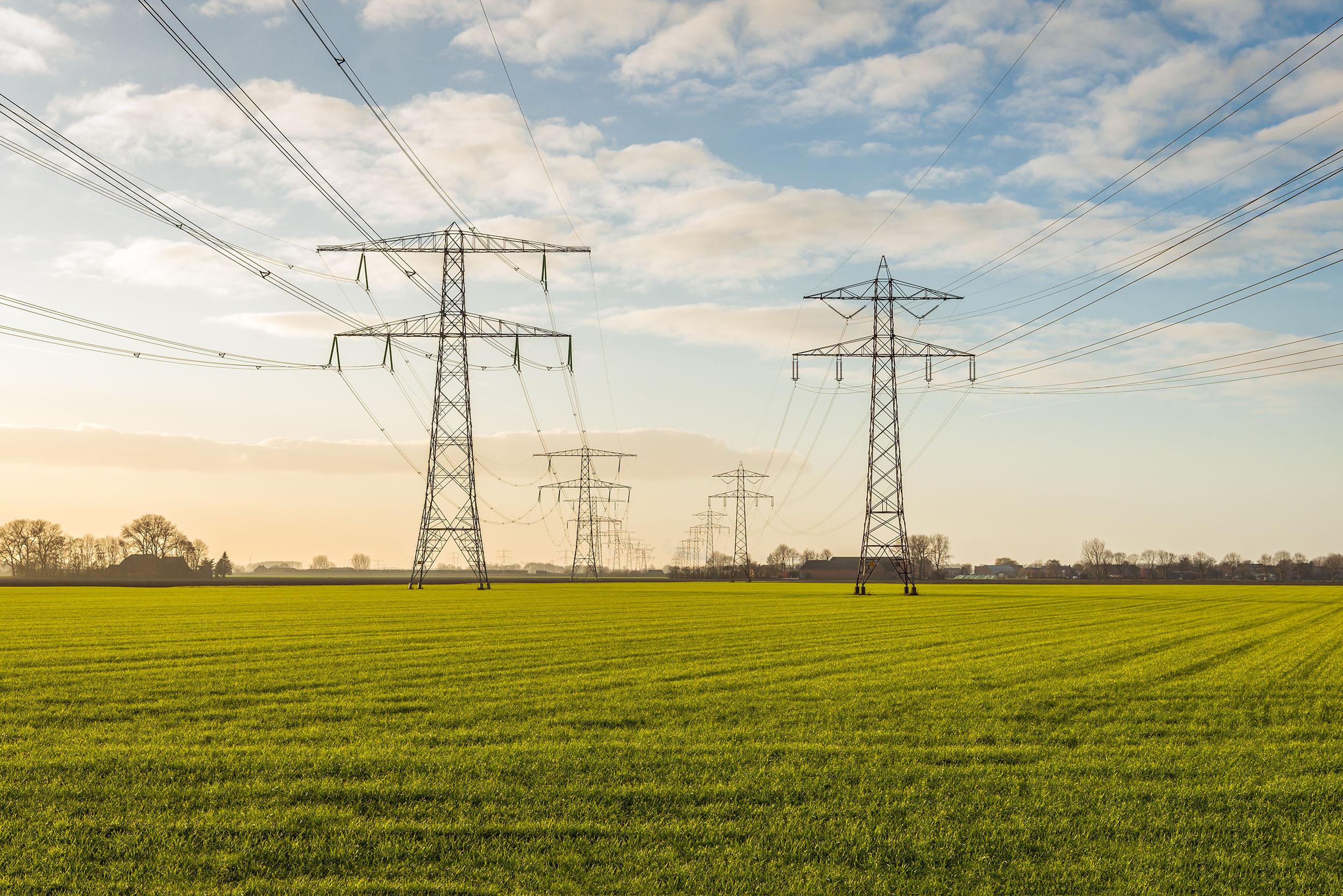
Region’s electric grid faces possible risks this summer
“Midwest, including Minnesota, at greater risk for rolling blackouts this summer”
You may have seen headlines (like the one above) about the increased risk of rolling blackouts this summer. So, what are we to make of them?
Posted by Tim Sullivan on June 16, 2022
Unfortunately, while blackouts are unlikely, they are possible this summer. Consequently, I write to share some additional facts to help keep you informed and prepared.
It’s important to note that the reliability warnings are coming from two critical grid authorities: the North American Electric Reliability Corporation (NERC) and the Midcontinent Independent System Operator (MISO). NERC is responsible for overseeing electric reliability nationally and MISO is our regional authority, directing electricity from dozens of utilities in 15 states, impacting 42 million people.
NERC’s alert was sounded in their “2022 Summer Reliability Assessment,” released in May. According to NERC, “MISO faces a capacity shortfall in its North and Central areas, resulting in high risk of energy emergencies during peak summer conditions.” (Page 4, Emphasis added)
MISO put its warning this way: It “projected” requiring “increased, non-firm imports and potentially emergency resources to meet the 2022 summer peak demand.” (Emphasis added)
In other words, projected energy demand is likely to outstrip firm energy supply this summer. How big is the shortfall? MISO anticipates it will have 124 GW of need but just 119 GW of “projected regularly available generation.” While this firm energy supply represents 96% of the expected need, it also means MISO will likely rely on other resources, including intermittent generation like renewables, energy imports from other regions, utility demand management programs and reserves to meet its obligations. This means a heightened – though still likely low – risk of blackouts.
Now, for a typical consumer, official statements from industry authorities can be difficult to unpack. For example, what is meant by “firm generating resources”? Well, consider “firm” generation as meaning it can be “dispatched” – or turned off and on at will. Firm generation includes resources like baseload fossil fuel plants, nuclear energy facilities, and gas peaking units.
Doesn’t MISO have thousands of gigawatts of renewables too? Yes. But the challenge is that resources like wind and solar are intermittent, which means they can’t be turned off and on at will. The wind needs to blow and the sun needs to shine in order for their production to be available. So, in worst-case scenario planning, MISO assumes they are unavailable.
That said, MISO has other tools in its toolbox. They can call on utilities, including Wright-Hennepin (WH), to reduce energy usage through Demand Management programs. At WH, our Demand Management (or Energy Savings) programs include things like controlling your air conditioning, your water heating or your space heating.
In addition, MISO maintains an 8% “reserve margin.” This is generation not counted in the main pool that can be accessed during an emergency.
So, with all these backups and contingencies, why are rolling blackouts still possible? The short answer is that “firm” resources don’t always act that way. A power plant (or several) may be taken offline at any time to address a maintenance or operational issue. In addition, our region’s largest renewable resource – wind – is not always available in volume on hot, humid summer days. Demand for energy can also spike higher than forecast due to hot weather, or higher-than projected economic activity. Again, grid planners work off forecasts and projections. But energy markets, which match generation to load, must work in real-time. After all, our energy needs never take a break; we need reliable power 24/7/365.
Still, the likelihood of all these negative events happening together (lost generation, higher demand, plants going off-line, wind not blowing) is low. But it’s possible. And it is NERC and MISO’s job to plan for emergencies and worst-case scenarios. As a participating utility, we’re pleased they do.
So, what are the takeaways for a consumer? Consider three thoughts:
- The grid needs sufficient, firm generation. The day has not yet arrived when we can rely solely on renewable resources to provide safe, reliable, affordable energy. And while WH has strongly embraced renewables, it’s important to remember that reliability requires the ability to dispatch resources on demand.
- WH’s Demand Management programs, including Energy Saving programs, provide significant value to WH members and the electric grid. Our members not only save money through our Energy Saving programs for home heating, air conditioning, water heating, and more. We also manage a fleet of generators for Commercial and Industrial members. All in, we can drop 25 MW, or 15% of our load, during critical times, ensuring we do our part for grid reliability.
- Be prepared, stay informed. If demand threatens to exceed supply this summer, WH will send notifications to the membership via email, post on social sites, and share information on whe.org. We’ll ask you to do simple things like turn up your thermostat, pull down your blinds, delay using your washer and dryer, and consider preparing food with a grill instead of an oven. It’s also just good planning to prepare for a sustained outage. Have some backup water, non-perishable food, and a radio with batteries on hand. Learn more about being prepared for power outages.
In short, it’s unlikely, but possible, that rolling blackouts will occur this summer. Whatever transpires, look to WH for timely information and updates. Together, we can ride through the difficulties. In the meantime, count on us to continue to put your interests, including your need for 24/7 reliability, first.
Tim Sullivan
President and CEO
